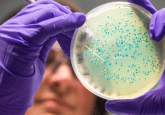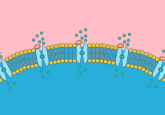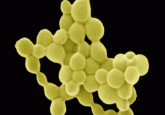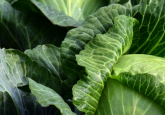Osmoregulation and horizontal gene transfer
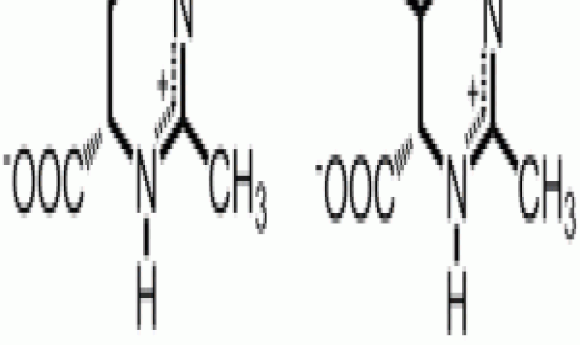
The ability to maintain physiologic and metabolic functions in response to changes in the salinity of the surrounding environment is critical for microorganisms. How do they do it?
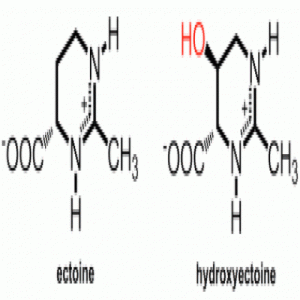
Osmotic shock, where water molecules outside the cell rapidly diffuse across the plasma membrane to the lower water concentration of the cytoplasm (hypoosmosis), or from the cytoplasm to the extracellular environment (hyperosmosis), are significant challenges both for aquatic and terrestrial microbes. Thus, these organisms have adopted two strategies for dealing with fluctuations in environmental salinity: “salt in,” which occurs when the cells encounter hyperosmotic conditions, and “salt out.” A signature of organisms that use the “salt in” strategy is an acidic proteome that favors persistent high relative concentrations of cations.
Organisms that use the “salt out” mechanism also import potassium in response to hyperosmotic shock; however, they do not maintain it for extended periods. Instead, they either import or synthesize compatible solutes that include ectoine and glycine-betaine (1). “The ectoines are of great biotechnological interest as chemical chaperones,” said Erhard Bremer of Philipps-University Marburg (Germany). “They can stabilize membranes or macromolecules and can be produced by ectoine-synthesizing microganisms on an industrial scale by a procedure referred to as ‘bacterial milking.’”
Glycine-betaine is perhaps the most common of all compatible solutes, and proteins involved in its biosynthesis occur in both bacteria and eukaryotes. Ectoine and its derivative 5-hydroxyectoine, in contrast, were thought to occur predominantly in bacteria. However, searches of genome databases showed that genes for its biosynthesis occured in eukaryotes as well, suggesting that they may have been acquired through horizontal gene transfer.
Recently, a group of researchers led by Tommy Harding of Dalhousie University found strong evidence for horizontal transfer of genes involved in biosynthesis of ectoine and hydroxyecotoine by the halophilic protists Halocafeteria seosinensis and Pharyngomonas kirbyi (2,3), and Lea Weinisch and her team (4) directly demonstrated osmostress-responsive synthesis of ectoine in Schmidingerothrix salinarum. These unicellular eukaryotes inhabit extremely high salt environments and thus derive salt-stress protection through synthesis of ectoines.
Harding and his colleagues confirmed that horizontal gene transfer occurred by finding introns in the ectoine synthesis genes of these species, which rules out bacterial contamination as their source Bremer explained. “Their findings change our view of osmoprotection in these organisms now that [these genes] have been found in protists and its fairly clear that horizontal gene transfer from their food bacteria is involved.”
Since ectoines are very potent stress protectants, acquiring genes from bacteria may be one way that allows eukaryotes to respond to a wide range of changing environmental conditions.

